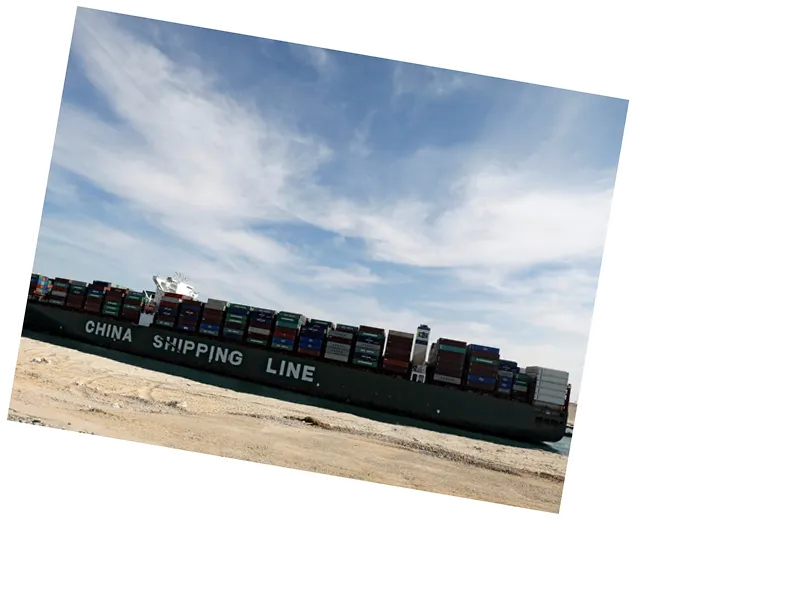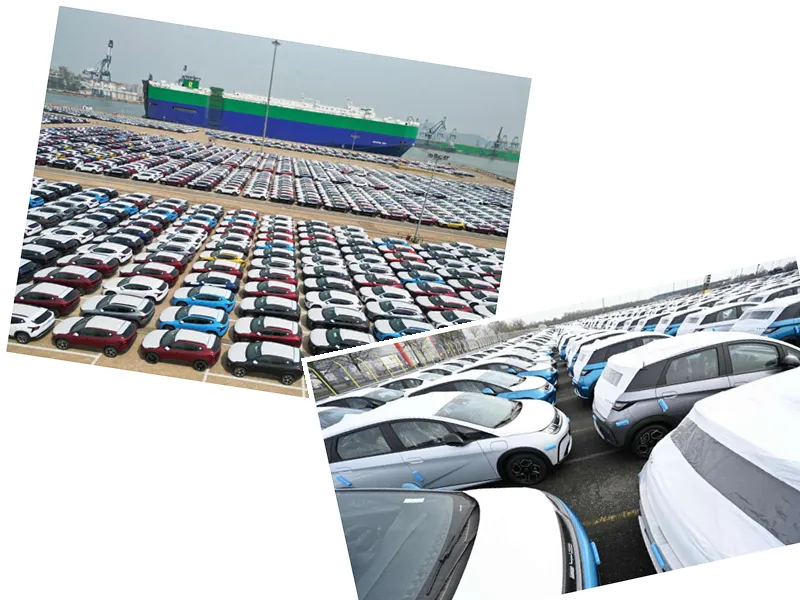Trade Growth Between China and Africa
Trade between China and Africa has surged, reaching an impressive $167 billion in the first seven months of 2024. According to the latest figures from China's General Administration of Customs, Chinese exports to Africa accounted for $97 billion, while African exports to China totaled $69 billion. This significant growth reflects a robust economic relationship, with a 6.4% increase in trade year-on-year.
The Nature of Bilateral Trade
The majority of African exports to China consist of raw materials, particularly oil and copper, which make up 68% of total bilateral trade. Research from the Center for Global Development Policy highlights that from 2000 to 2022, a staggering 89% of African exports to China were unprocessed resources. This trend indicates a reliance on exporting raw materials rather than finished goods, raising concerns about the long-term sustainability of this trade model.
Future Projections and Trade Dynamics
If the current pace of trade continues, China and Africa are poised to exceed last year's total bilateral trade volume of $282 billion. However, the narrative surrounding trade relationships can be misleading. While Chinese authorities claim to be Africa's largest trading partner, the reality is more complex. Data from Africim Bank suggests that Africa's largest trading partner is the Asian continent as a whole, with the EU currently holding that title. Projections indicate that China may surpass the EU by 2030, but trade concentration remains a concern, as two-thirds of this trade is focused on just 6-8 countries.
- The trade dynamics between China and Africa raise important questions about economic dependency and diversification. Many African nations are heavily reliant on raw material exports, which can be volatile and subject to global market fluctuations. Efforts to add value to these raw materials and develop local industries could be crucial for sustainable economic growth. Furthermore, while trade volumes are increasing, the distribution of trade is uneven, with certain countries benefiting disproportionately. This concentration of trade could lead to economic imbalances and hinder broader regional development.






